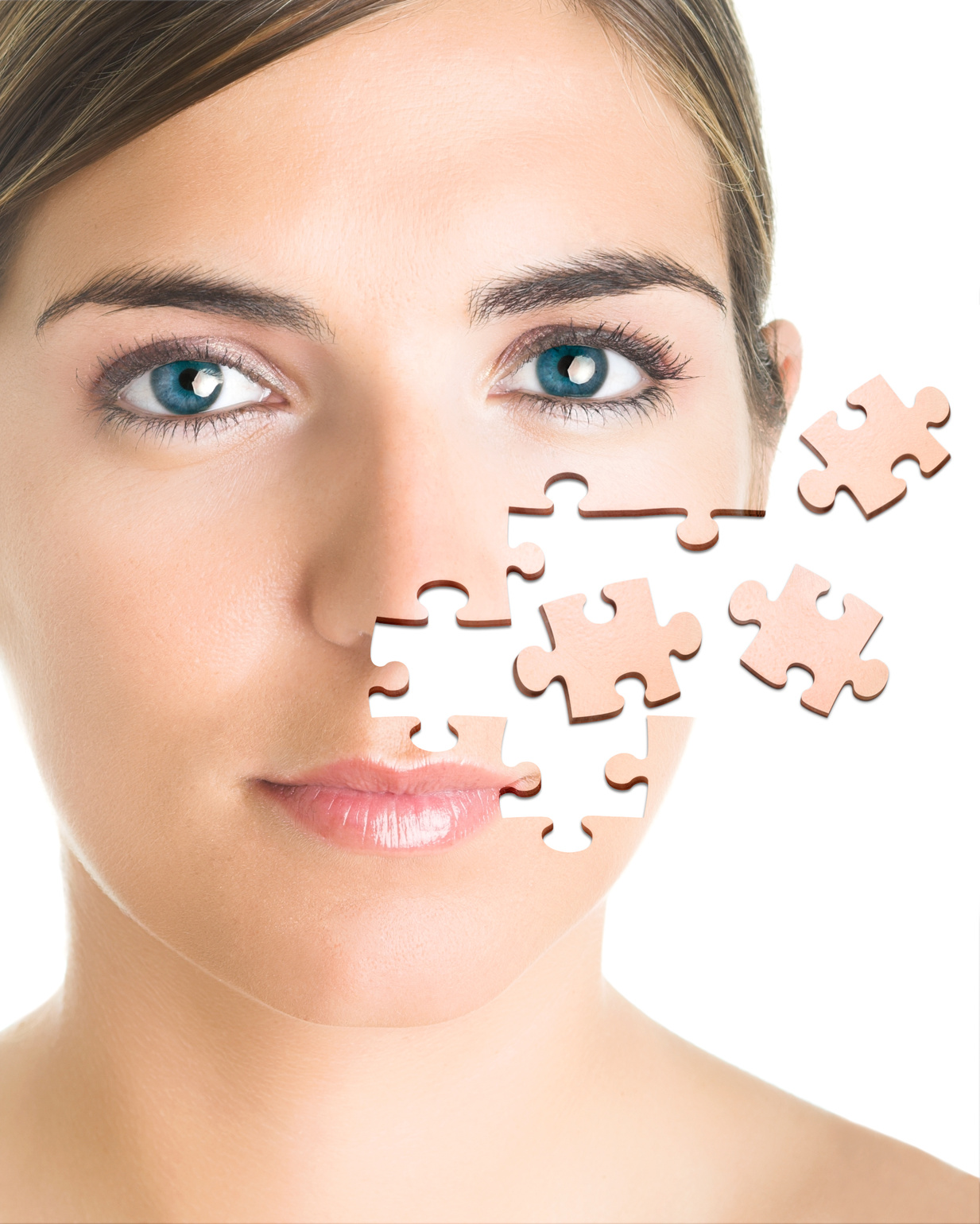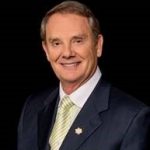
“In my practice, about 60% of the patients consult for revision surgery for the face or the body following surgery performed elsewhere,” explains Dr. Peter Fodor, a board certified plastic surgeon from Los Angeles, California. “In evaluating for body sculpting revision, about 60-70% of the patients can be helped significantly enough to make the surgery justifiable. Unfortunately, however, some patient deformities are such that with the current state of the art, we do not have a solution for them.
By Peter Fodor, MD
and Susan Kamyab
ThePlasticSurgeryChannel.com
Is Re-Doing my Surgery more difficult than the Initial Procedure?
“As a general rule, re-do surgery is much more difficult than the initial surgery and becomes yet more difficult with each subsequent operation,” says Fodor. “For example, if you’re re-doing a face lift and the scars are not placed in an ideal position, it may be very difficult to select an ideal placement for the new incisions and also get a significant improvement. Usually, the more times the patient has been operated on, there is also more internal scarring in addition to the surface scarring, and thus the revision surgery will be that much more difficult.”
SAFE Lipoplasty
SAFE lipo is one technique that is used to address body revision surgeries.
“SAFE lipo involves more pre-tunneling with a tubular instrument that ends in a basket shaped tip. In this phase of the procedure, the fat is freed from the surrounding tissues before it is suctioned,” says Fodor. “The fat tissue that was mobilized, but not removed, serves as a ‘free’ fat graft. By the end of the procedure, the leftover fat is leveled out, similar to plowing snow, so that the irregularities and crevasses are evened out.”
Again, this method of liposuction differs from the traditional approach because there is a lot more pre-tunneling, and not all the fat that has been mobilized will be removed. Dr. Fodor explains: “In a sense, we are augmenting deficient surface irregularities with the patient’s own fat, in essence an autologous fat transfer (AFT). When the depressions are more significant in size, suctioning the high points and using AFT for the indentations is the approach that we use. It is up to the surgeon’s judgement and aesthetic sense to combine the SAFElipo with this latter technique. In my practice, SAFElipo is mainly used when the irregularities are so many that it is not practical to individually address them, but instead, it is a more efficient solution to try to ‘level the field’.”
Fat Grafting… Another Technique for Secondary Surgery
“Nowadays, it’s very commonplace to use fat grafting, whether it is for the body or the face,” says Fodor. “The manner in which the fat is harvested, processed and reinjected makes a significant difference for the quality of the result. The REVOLVE system manufactured by the GID Group and distributed by LifeCell is the best method in my hands to harvest and process autologous fat with a ‘non-touch’ technique. A closed system protecting and purifying the fat without undue manipulation potentially introducing bacteria and artifacts.” According to the GID Group, “The Revolve is a sterile, single-use disposable tissue canister used for harvesting, filtering, and transferring of autologous adipose tissue.” The revolve is designed for easy and fast adipose processing, and separating of contaminants and stromal tissue from the graft tissue.”















Facebook
Twitter
Instagram
YouTube
RSS